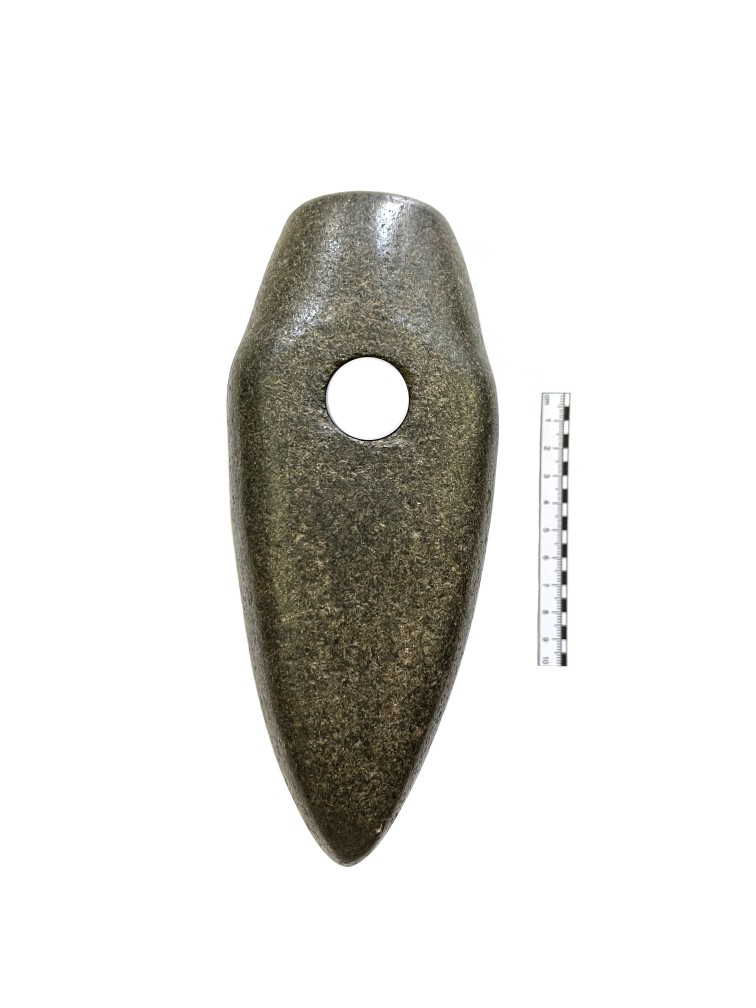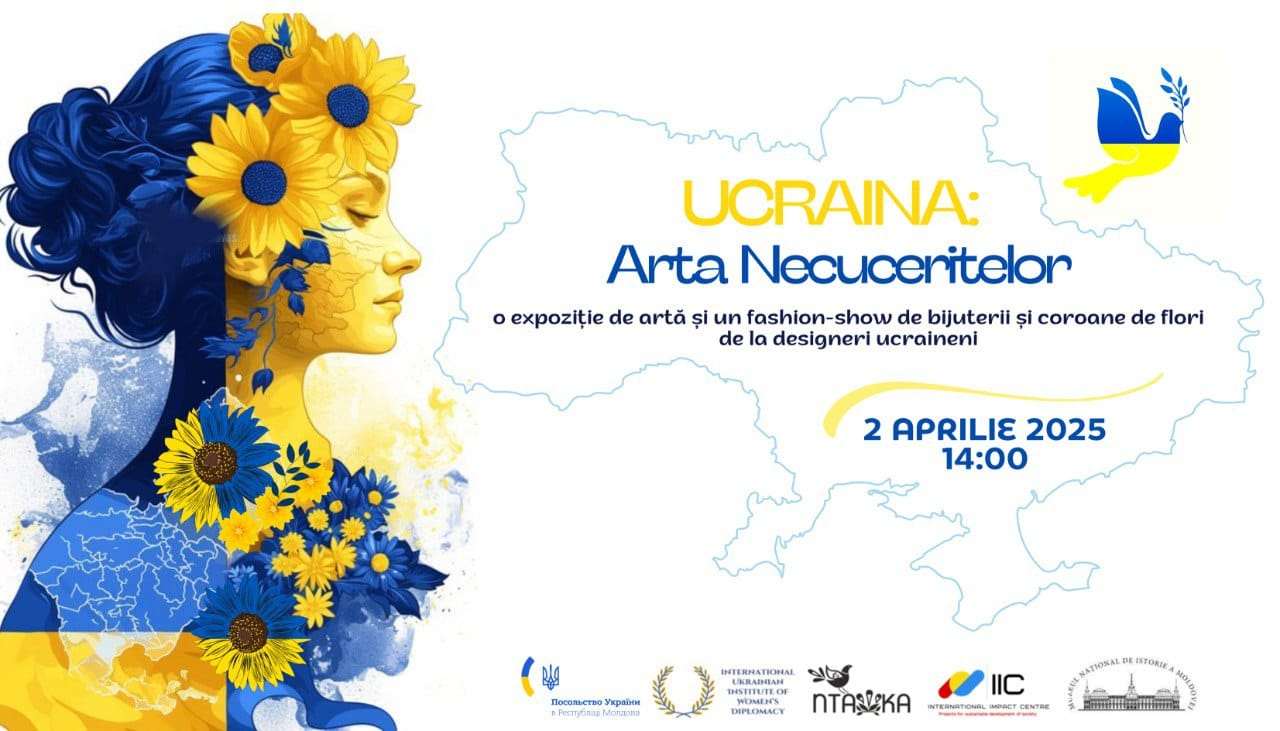The department presents documentary evidences about World War II and political repression during the Stalinist dictatorship.
Numerous photos, documents, military clothing items, letters from the front, personal belongings of soldiers recreate the ordeal of war, which caused millions of deaths and immeasurable economic losses.
Among the relics presented in the showcases you can see a photograph of the commander of the 12th gendarme regiment G. Niculescu, who was the first Romanian colonel fallen in the battles of Tiganca on July 9, 1941; letters from the front written by E. Filatov, soldier in the Romanian army, to his wife; military ID that belonged to V. Sava, a native of the village of Bardar, Lapusna District; photograph and flying helmet of S. Harhalup who’s aircraft was shot down on 30 June 1941 during a fight over his native village of Valea Adanca, Camenca District; sailor’s shirt of I. Caimacan and shoulder straps of Colonel L. Grecu, who participated in the war in the ranks of Soviet troops and navy.
A number of exhibits remind of the horrible concentration camps of Auschwitz-Birkenau, where more than 4 million people, representatives of 27 nationalities, were killed Nearby you can see the clothes of a prisoner of the Soviet forced labor camps and a certificate on the name of Vasile Cojocaru, a former political prisoner, as well as a certificate stating that Peter Cojocaru was shot in 1942 at the camp in Mariinsk, Kemerovo Region.
Such a fate befell tens of thousands of Bessarabians who were in the Soviet Gulag. During the 11 years, from 1940 to 1951, the MSSR there were carried out three large-scale deportations and dozens of arrests and deportations at the local level. In June 1941 there were deported 3470 families of "anti-Soviet elements" (22 848 persons). On the night of 5 to 6 July 1949, 11 293 families (over 35 thousand people) of hardworking peasants were forcibly sent to the suffering and death in Siberia and other remote areas of the Soviet empire. In 1951, as a result of the operation "North", 723 families of Jehovah‘s Witnesses (over 2,600 people) have been forcibly relocated.
The exhibition includes photographs, letters from the camps, lists of confiscated property, personal belongings of the deported, and other documentary evidence about the fate of people who have experienced the deportation ordeal, such as poet Nicolae Turcan, scientist Alexei Barladeanu, teacher Catherine Dementieva, the Buiuc family from Chiperceni (Orhei District), the Baciu family from Mereni (Anenii Noi District), the Berezovschi family from Chisinau, Xenia Botnaru from Straseni, Alexandra and Gregory Scafaru from Ciuciuleni (Nisporeni District), and many others.
















































